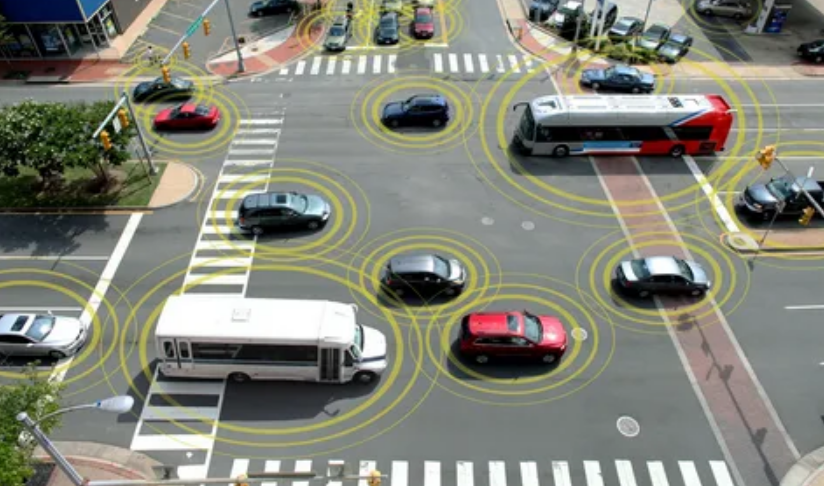Traffic Demand Modeling
Traffic demand modeling is a crucial aspect of transportation planning, providing insights into the movement patterns of people and goods within urban and rural areas. It involves the analysis and prediction of transportation demand based on various factors such as population dynamics, economic trends, and technological advancements.
Introduction to Traffic Demand Modeling
What is traffic demand modeling?
Traffic demand modeling refers to the process of estimating the demand for transportation services within a specific area over a defined period. It involves understanding the travel behavior of individuals and businesses, including their preferences, constraints, and spatial distribution.
Importance of traffic demand modeling in transportation planning
Traffic demand modeling plays a vital role in informing decision-making processes related to transportation infrastructure development, urban planning, and traffic management. By accurately predicting future travel patterns, authorities can design efficient and sustainable transportation systems that meet the needs of the population while minimizing congestion and environmental impact.
Types of Traffic Demand Models
Traffic demand modeling can be classified into three main categories:
Macroscopic models
Macroscopic models analyze traffic flow at a high level, focusing on aggregate variables such as traffic volume, speed, and density. These models are useful for assessing network-wide impacts of transportation policies and infrastructure changes.
Mesoscopic models
Mesoscopic models bridge the gap between macroscopic and microscopic models by simulating traffic behavior at the corridor or neighborhood level. They provide more detailed insights into traffic dynamics while maintaining computational efficiency.
Microscopic models
Microscopic models offer the highest level of detail, simulating individual vehicle movements within a network. These models consider factors such as driver behavior, lane changing, and traffic signal interactions, making them suitable for analyzing congestion and safety issues in urban areas.
Factors Influencing Traffic Demand
Several factors influence traffic demand, including:
Population growth: Increasing population leads to higher demand for transportation services, resulting in more traffic congestion and longer travel times.
Urbanization: The concentration of population and economic activities in urban areas intensifies traffic demand, necessitating efficient transportation solutions.
Economic development: Economic growth stimulates travel demand, as individuals and businesses engage in more commercial activities and commuting.
Technological advancements: Innovations in transportation technologies, such as electric vehicles and ride-sharing platforms, influence travel behavior and demand patterns.
Techniques Used in Traffic Demand Modeling
Traffic demand modeling relies on various techniques to collect, analyze, and predict travel patterns, including:
Surveys and data collection: Gathering information on travel behavior through surveys, interviews, and data sources such as GPS devices and mobile apps.
Statistical analysis: Analyzing historical data to identify trends, correlations, and patterns in travel demand and behavior.
Simulation software: Using computer simulations to model traffic flow, congestion, and travel demand under different scenarios and policy interventions.
Applications of Traffic Demand Modeling
Traffic demand modeling has diverse applications in transportation planning and management, including:
Urban planning: Informing land use decisions, zoning regulations, and infrastructure investments to support sustainable and equitable development.
Transportation infrastructure design: Optimizing the layout and capacity of roads, public transit systems, and bicycle and pedestrian facilities to accommodate current and future demand.
Traffic management and optimization: Implementing strategies such as congestion pricing, signal coordination, and route optimization to improve traffic flow and reduce travel times.
Challenges and Limitations
Despite its benefits, traffic demand modeling faces several challenges and limitations, including:
Data accuracy and availability: Obtaining reliable data on travel behavior and infrastructure characteristics can be challenging, leading to uncertainties in model predictions.
Predictive accuracy: Models may fail to accurately capture complex interactions and emergent behavior in transportation systems, affecting the reliability of long-term forecasts.
Incorporating dynamic factors: Accounting for evolving trends, such as shifts in travel preferences, technological disruptions, and climate change impacts, requires continuous updates and refinement of models.
Future Trends in Traffic Demand Modeling
The future of traffic demand modeling is shaped by advancements in technology and evolving mobility trends, including:
Integration of AI and machine learning: Leveraging data analytics and predictive modeling techniques to improve the accuracy and responsiveness of traffic demand forecasts.
Real-time data analytics: Harnessing real-time data sources such as connected vehicles, smart infrastructure, and mobile devices to enhance the dynamic modeling of transportation systems.
Sustainable transportation solutions: Promoting alternative modes of transportation, such as public transit, cycling, and walking, to reduce reliance on private vehicles and mitigate environmental impacts.
Traffic demand modeling is a vital tool for understanding and managing transportation systems in an increasingly urbanized and interconnected world. By leveraging data-driven insights and innovative technologies, policymakers and planners can address the complex challenges of urban mobility while promoting sustainability and resilience.






Comments